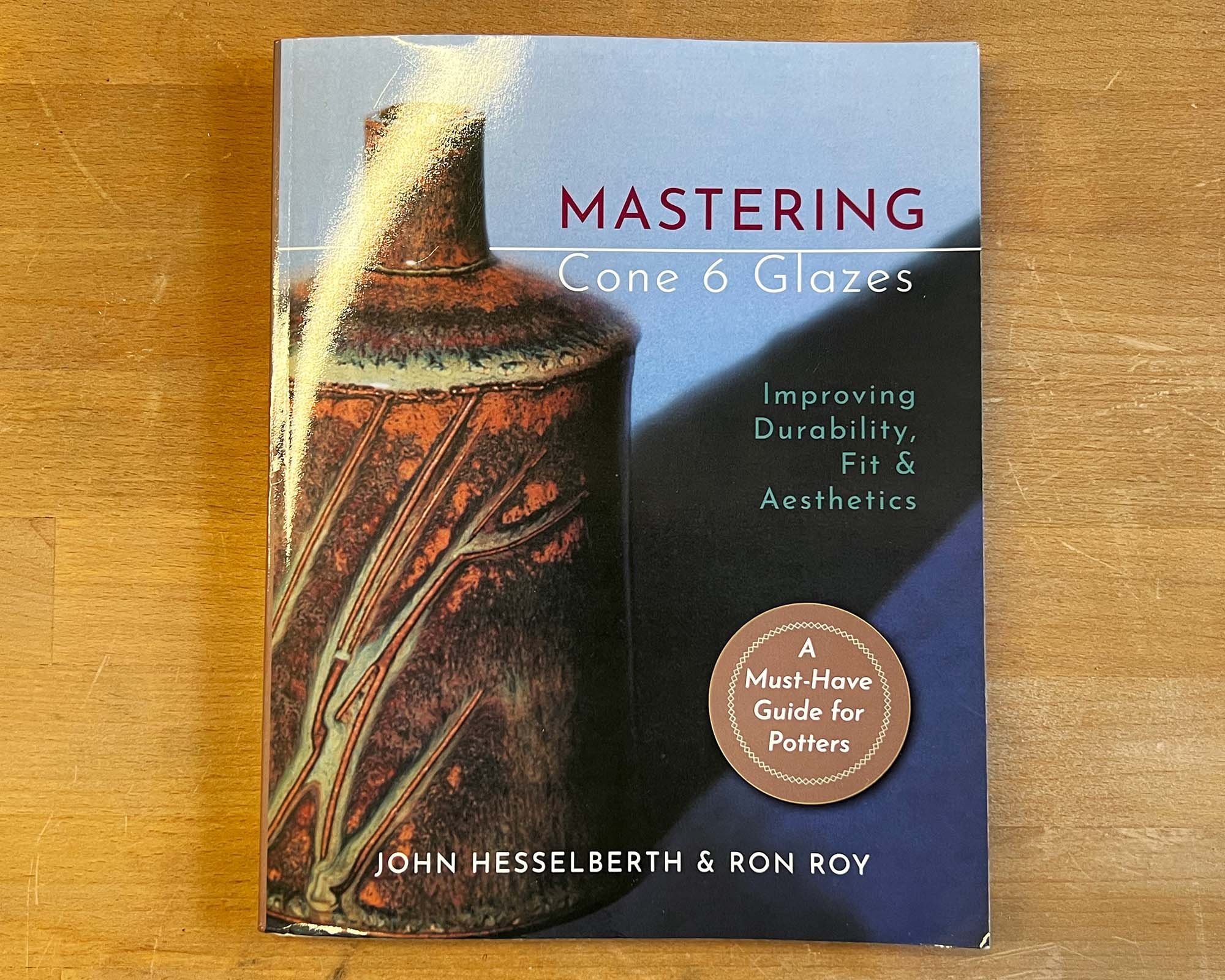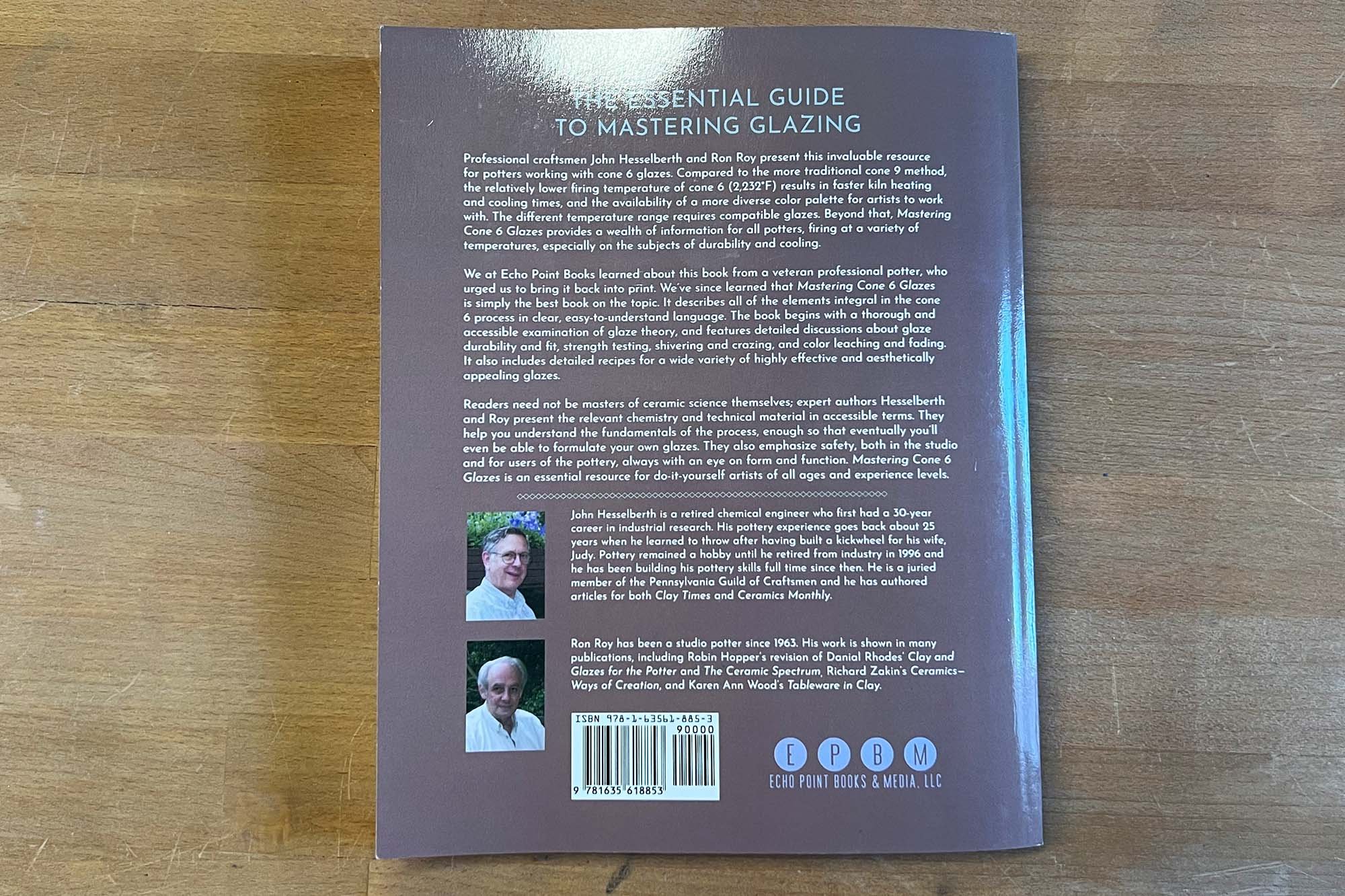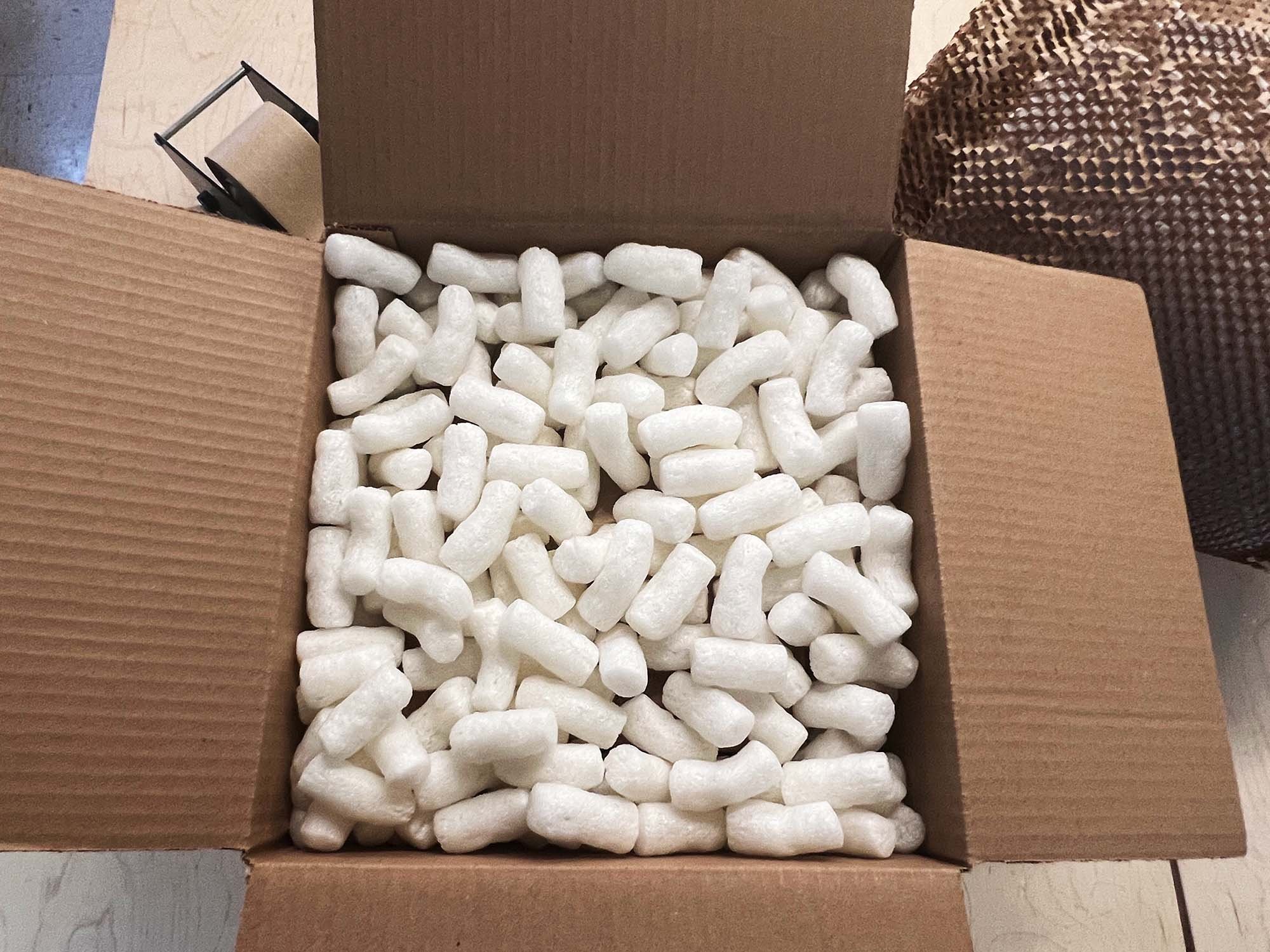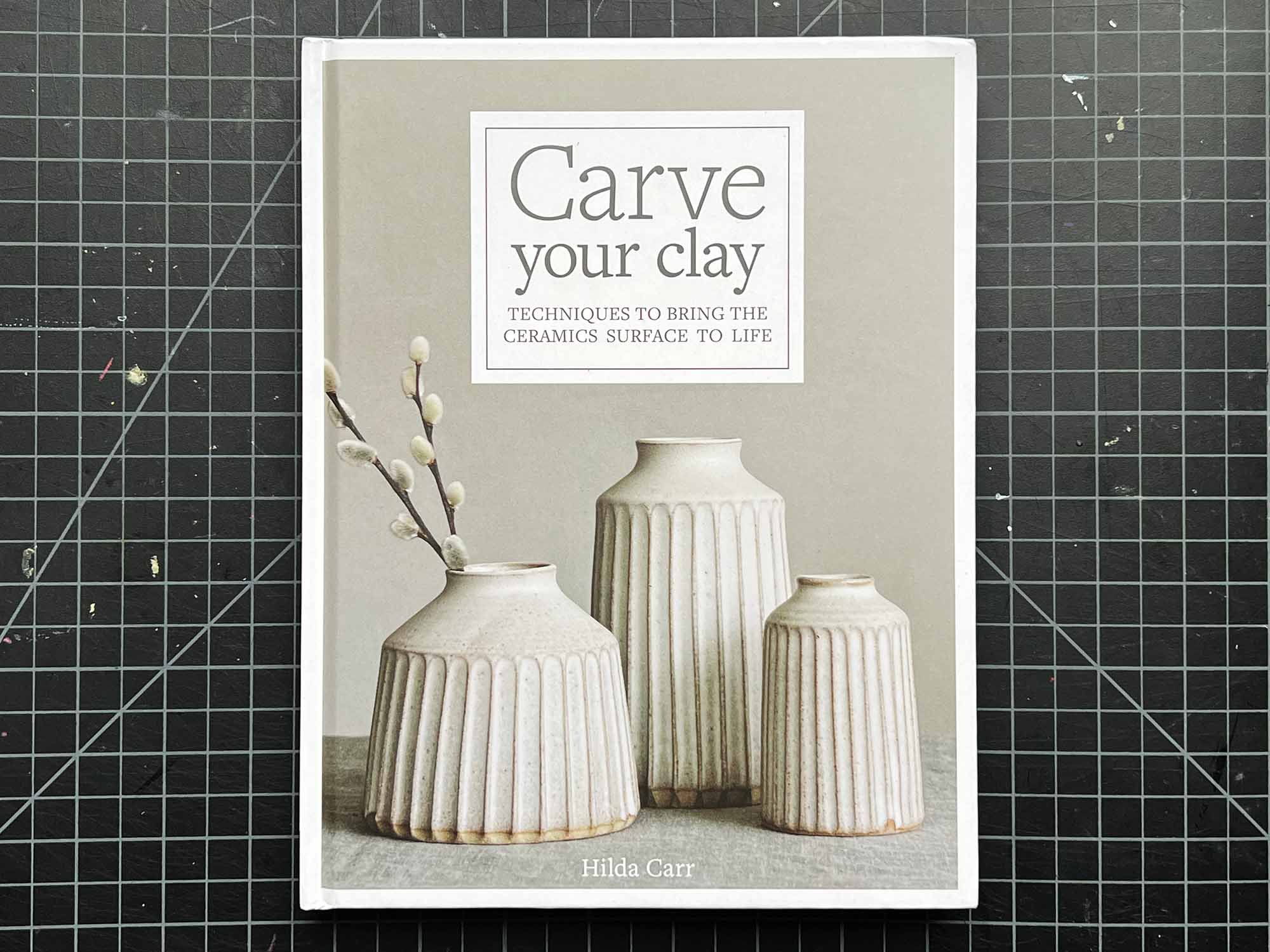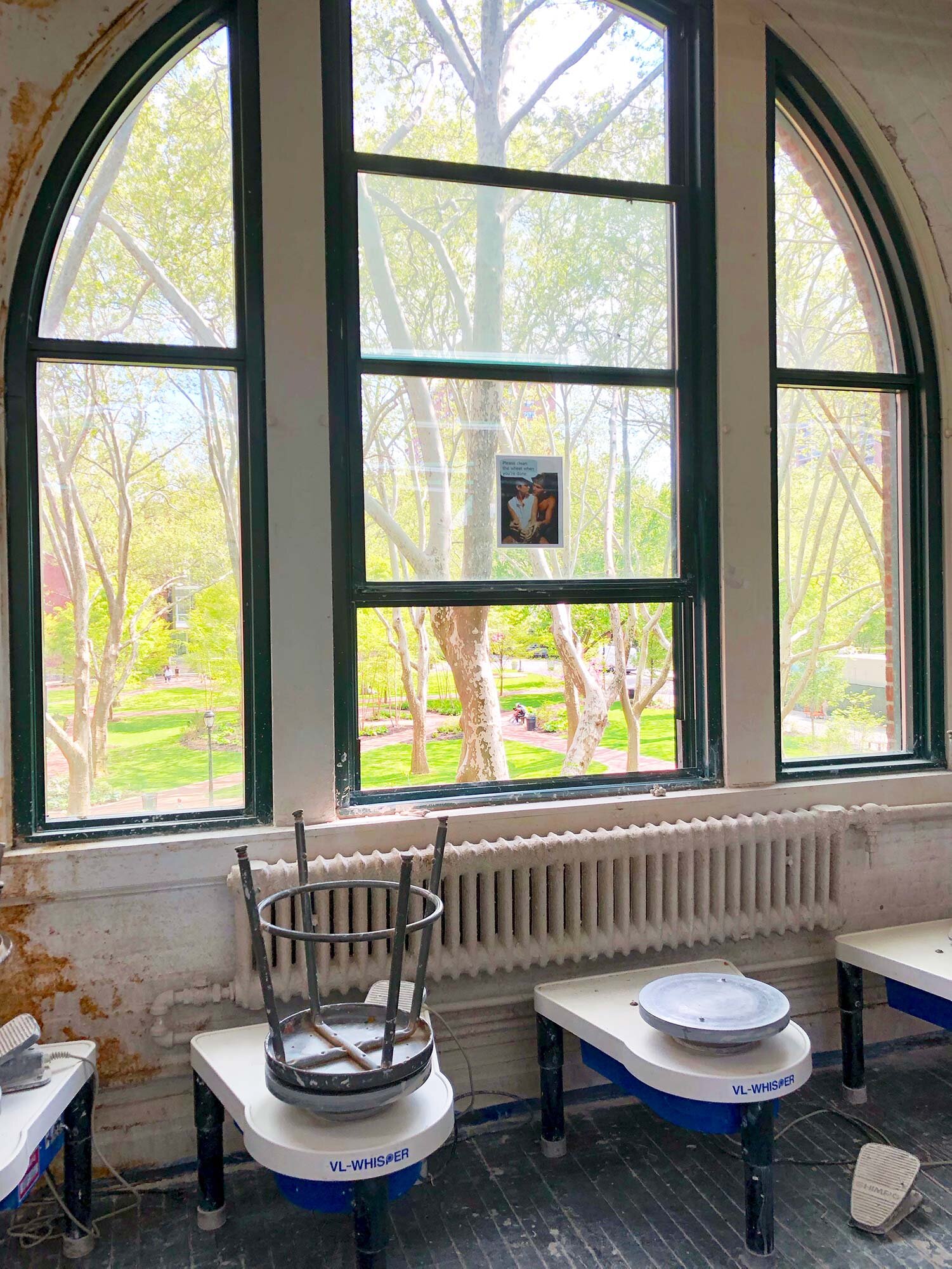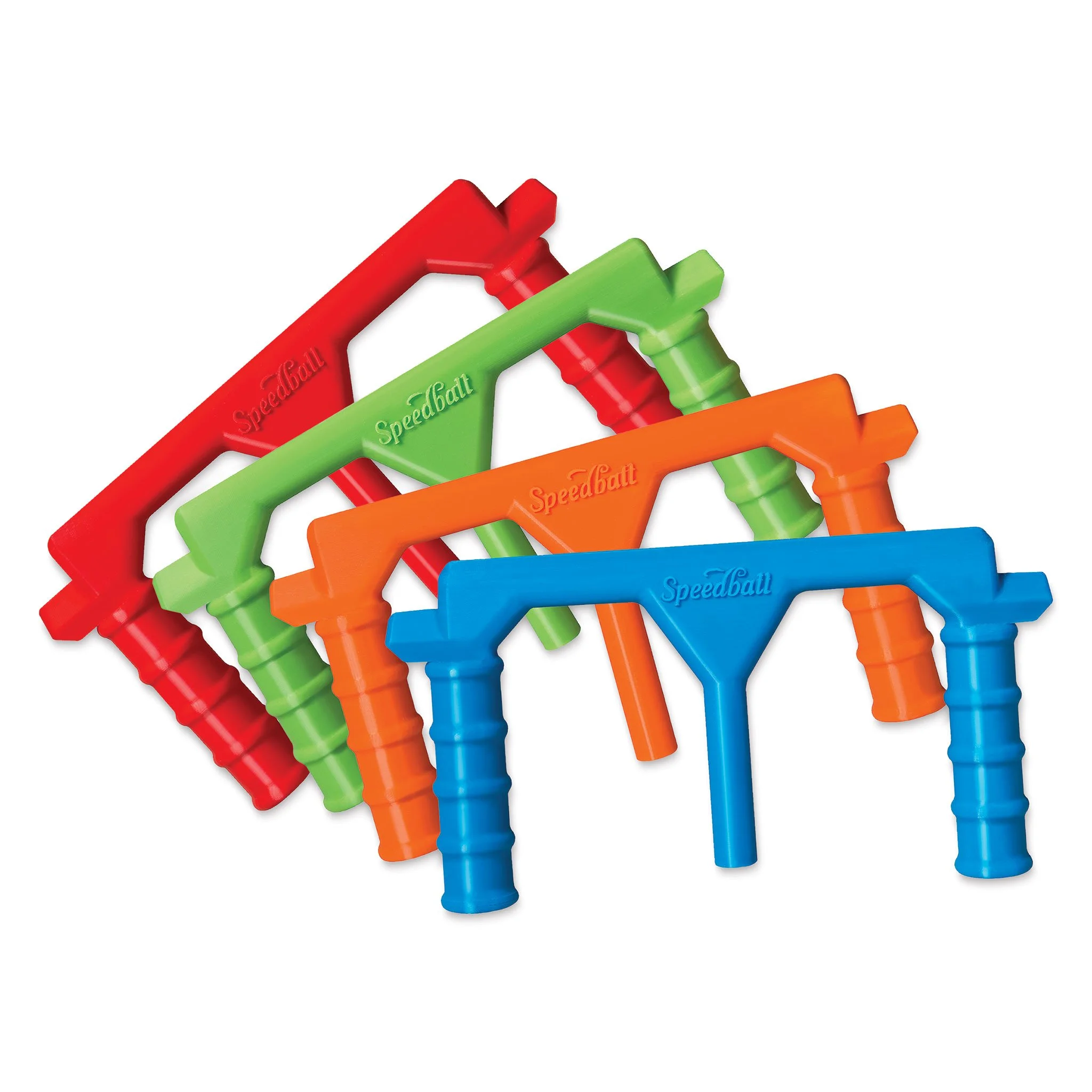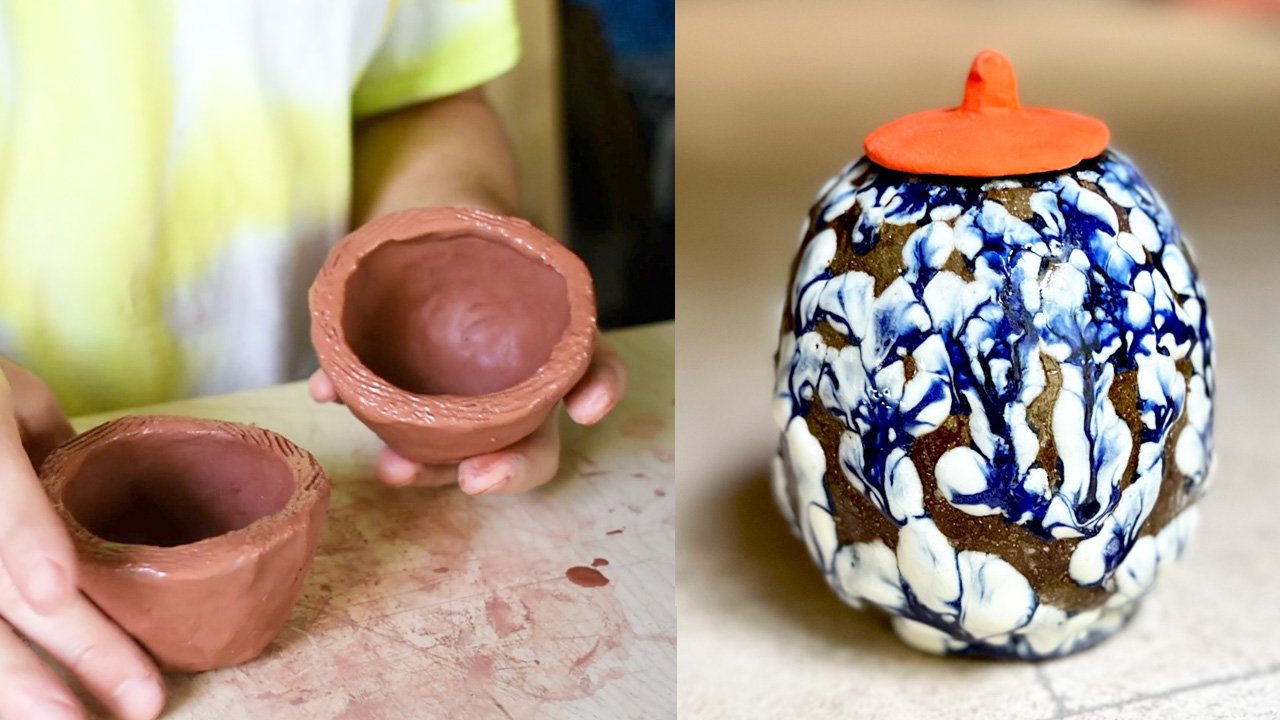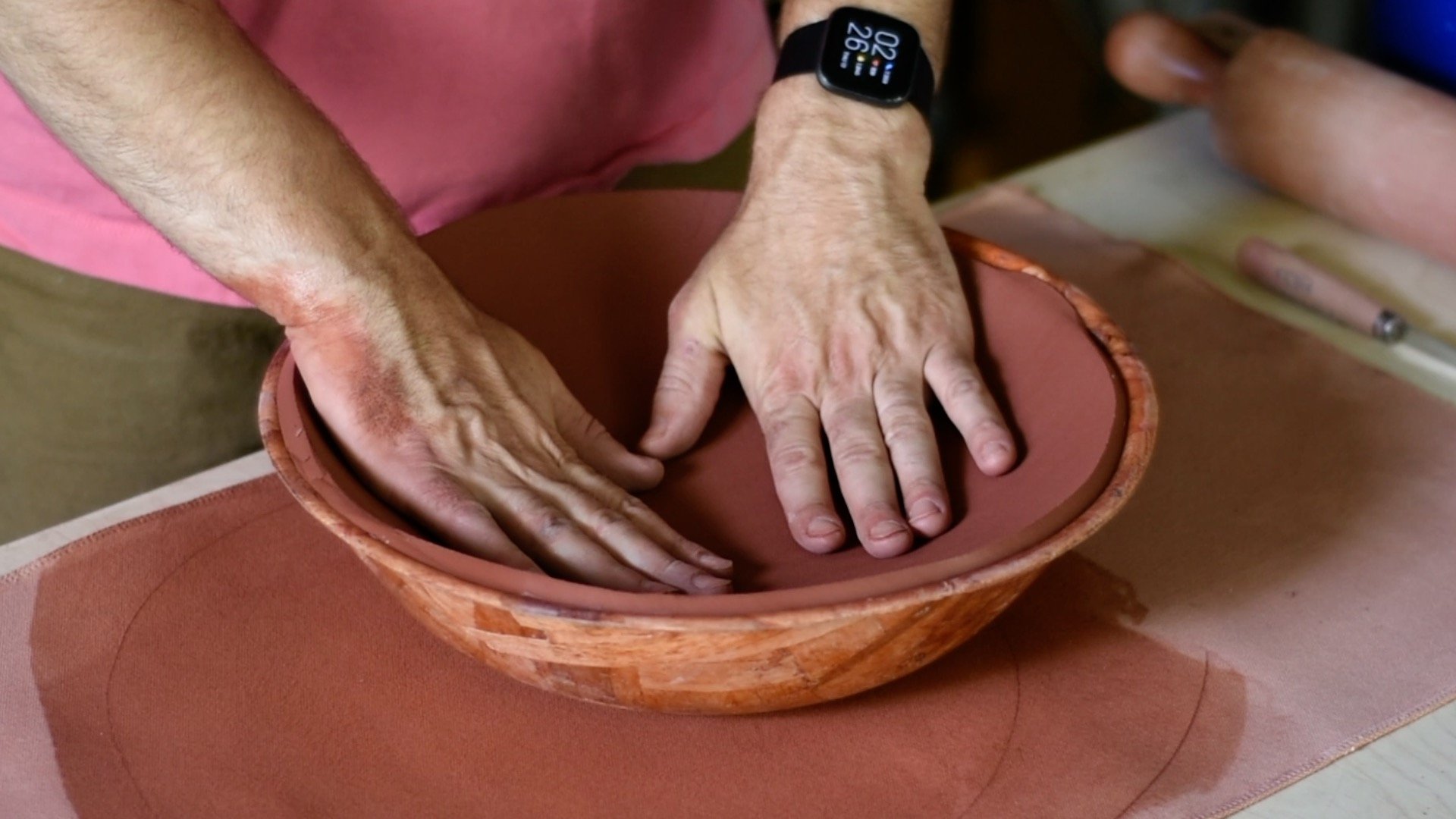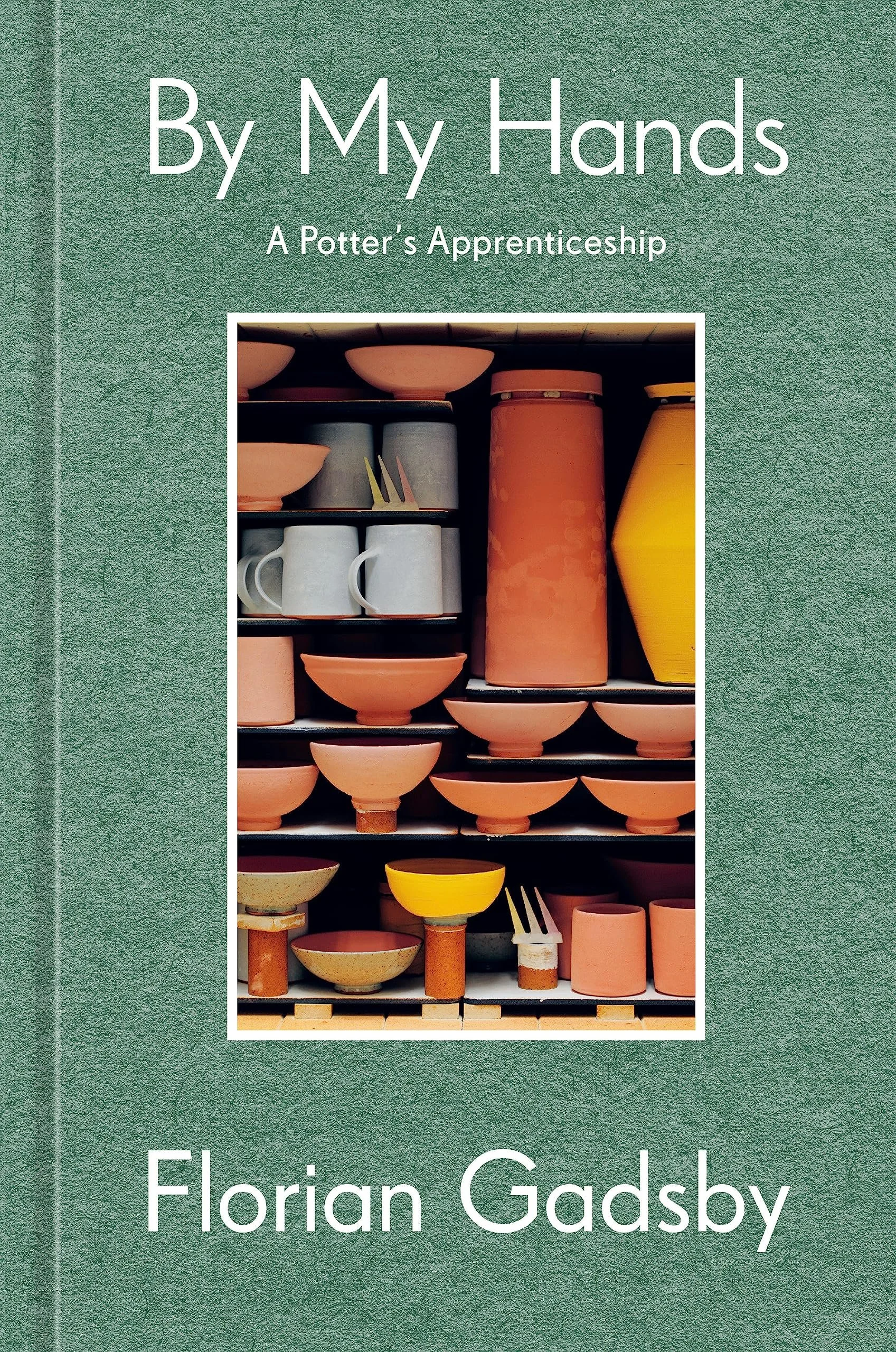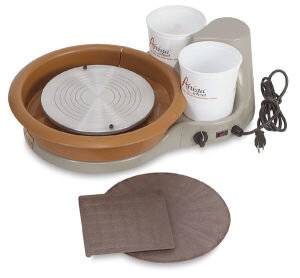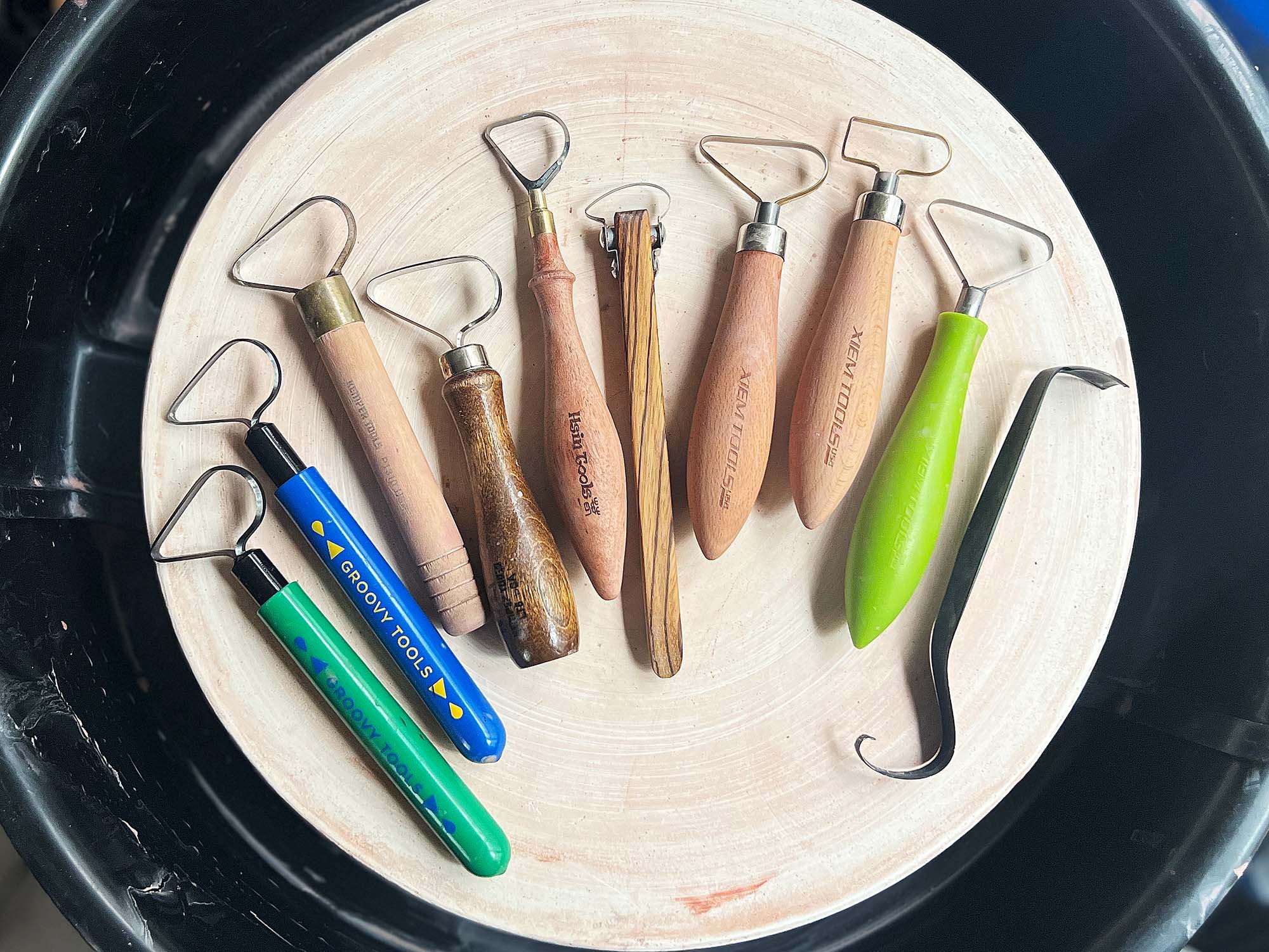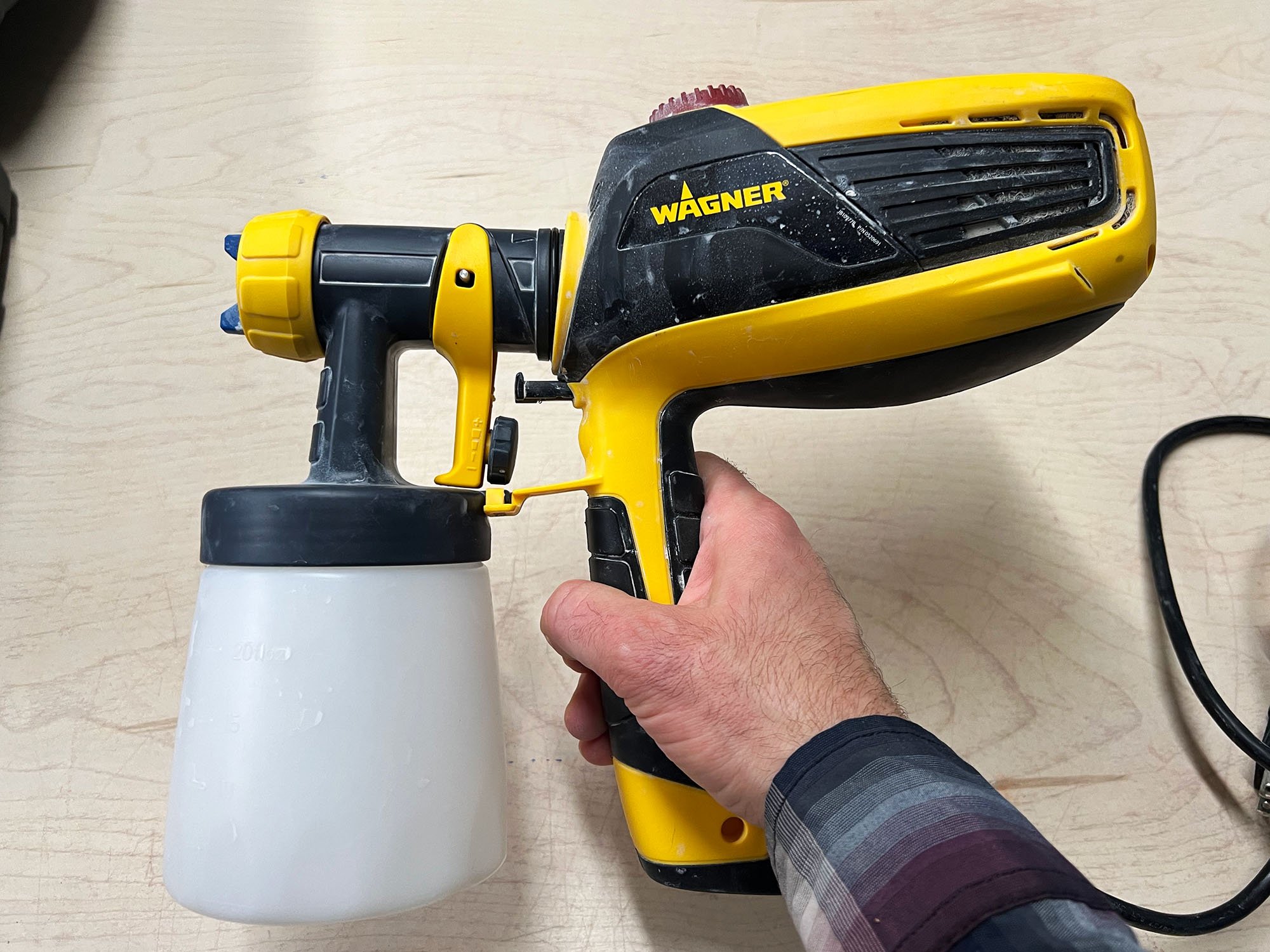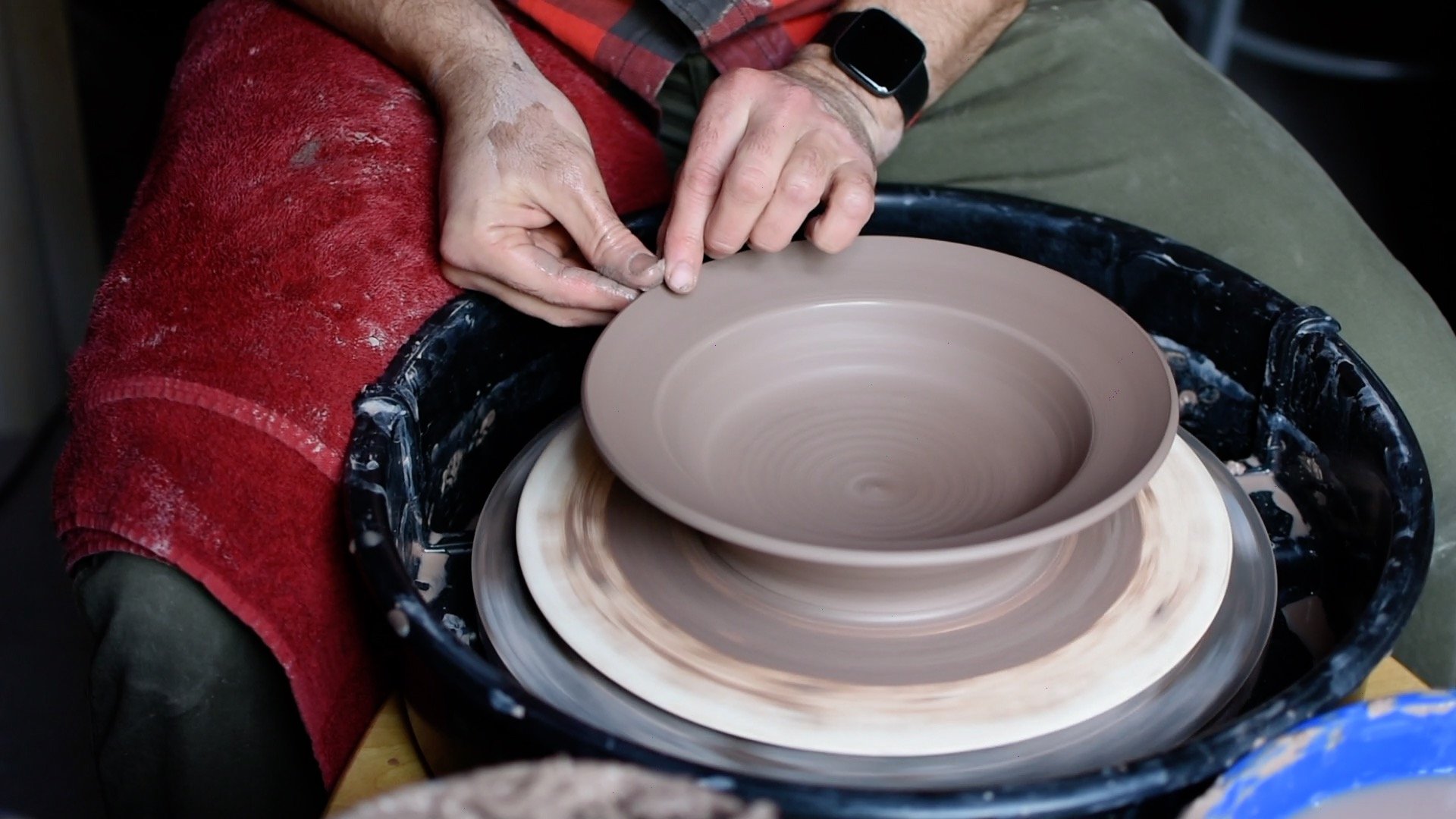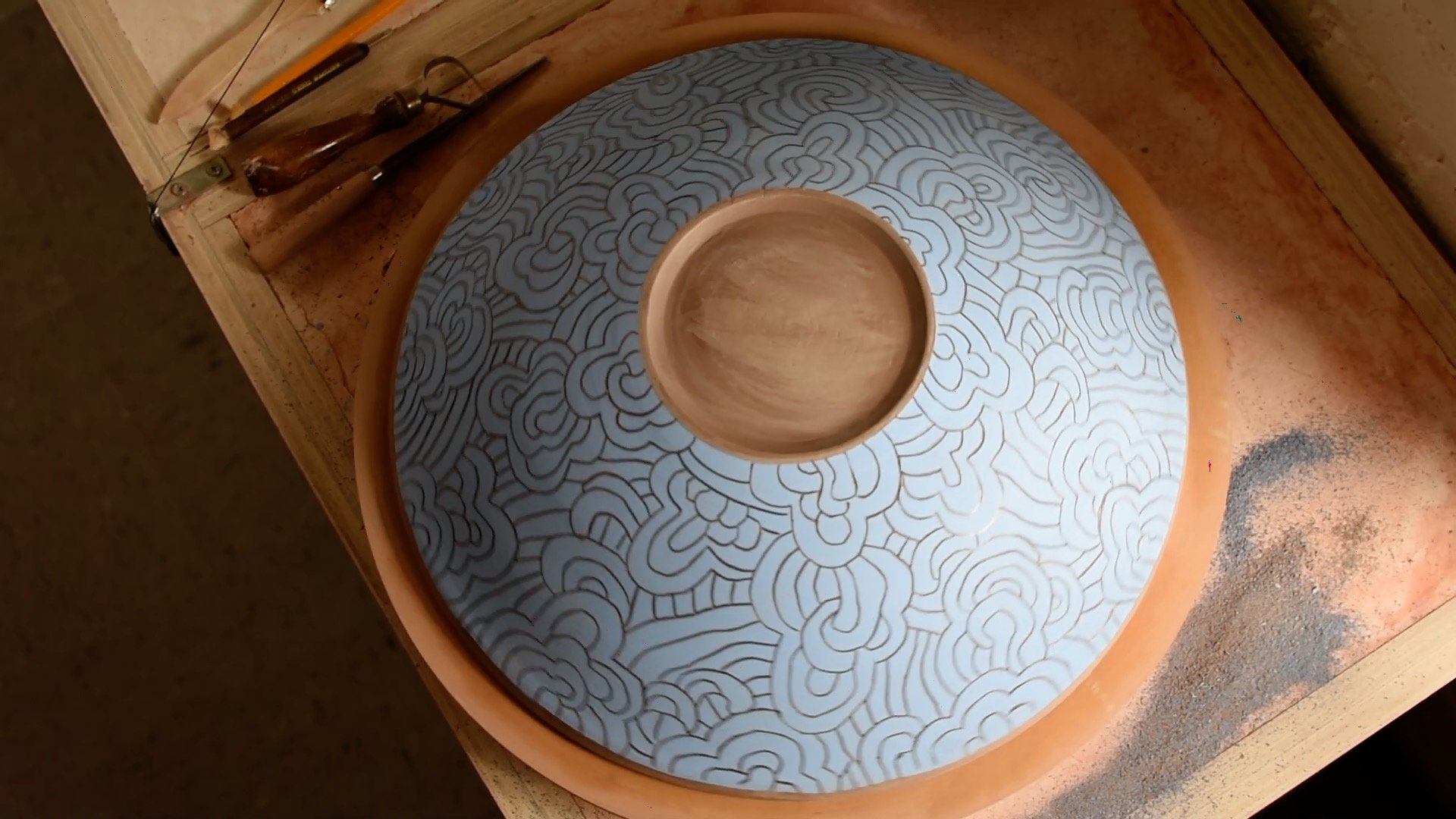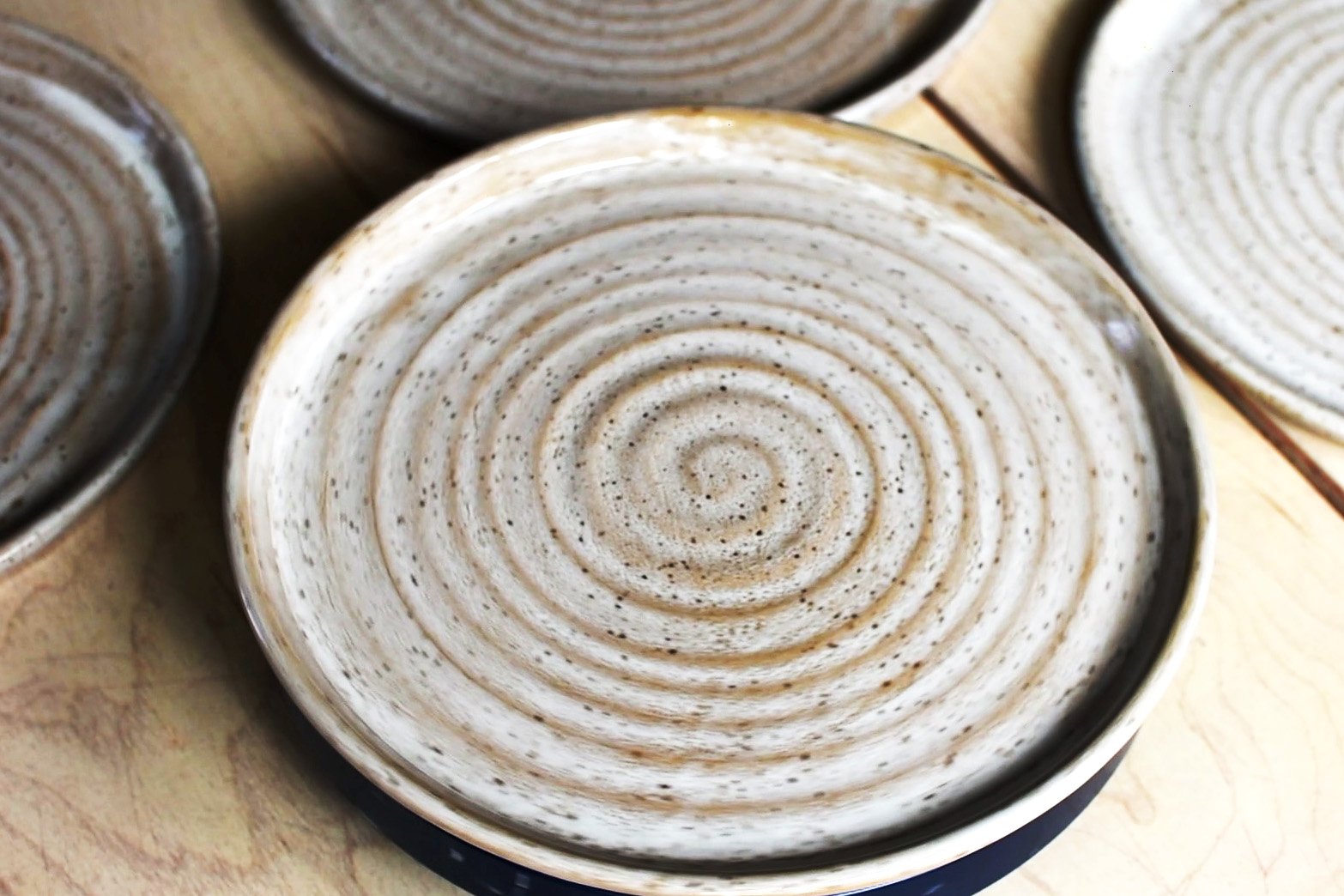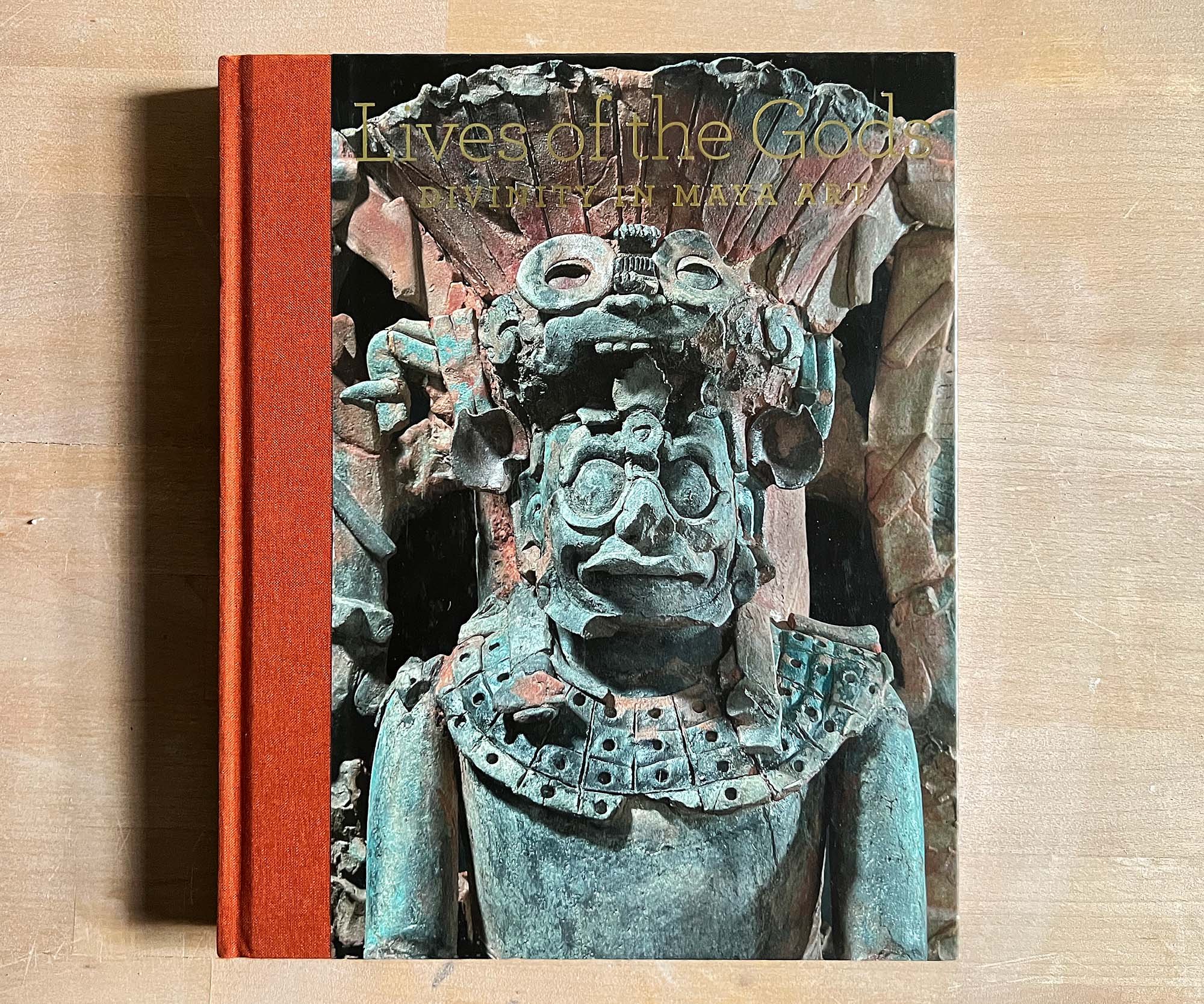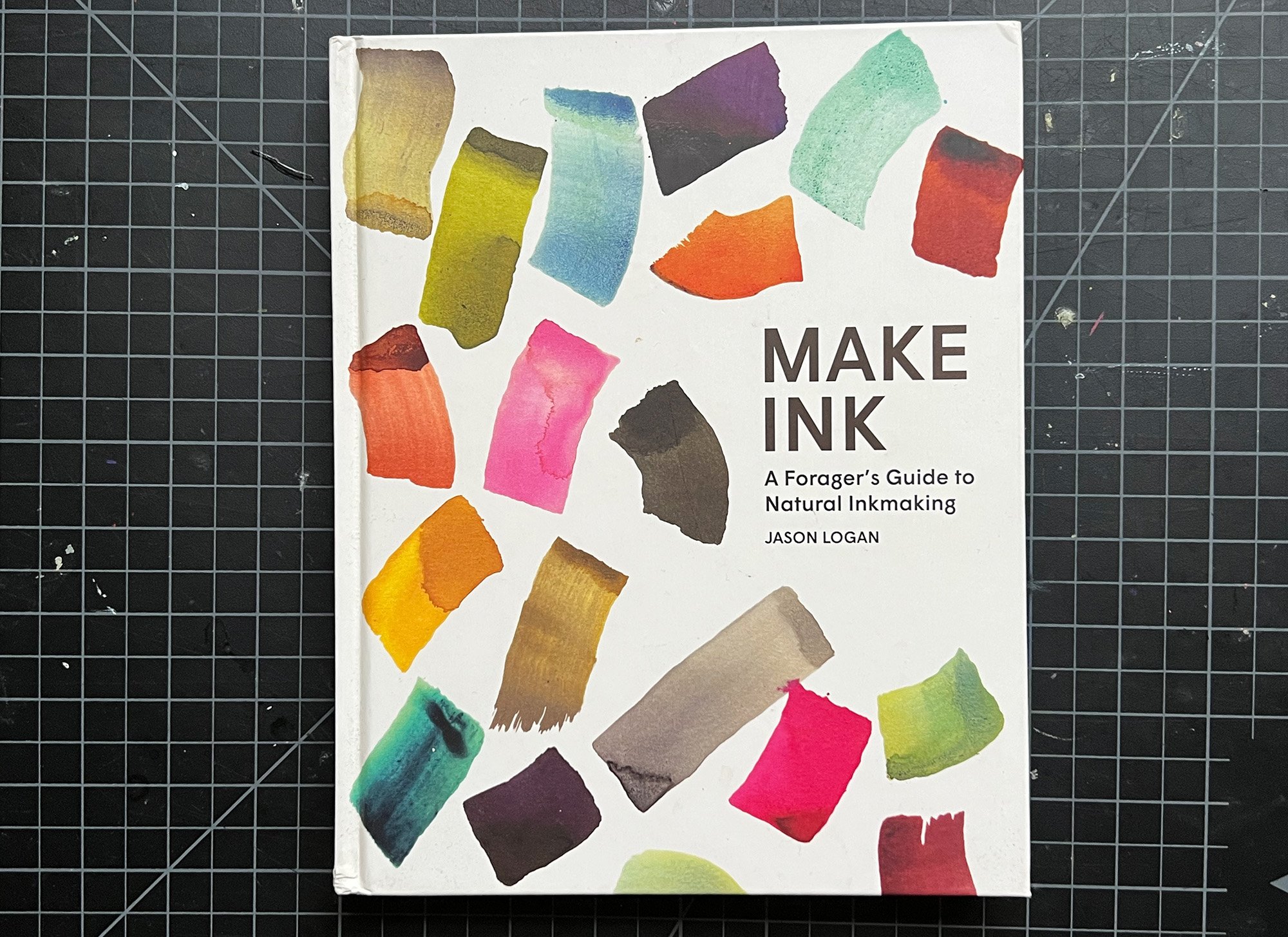Mastering Cone 6 Glazes, cover of 2020 reissue.
Mastering Cone 6 Glazes is a classic glaze book originally published in 2002 that is still relevant today, especially if you make functional pottery. With a subtitle of “Improving Durability, Fit and Aesthetics” the book by John Hesselbarth and Ron Roy contains a series of chapters explaining how to mix glazes, how to test them, and then gets into the nitty gritty of making stable glazes, fitting the glazes to your clay bodies, ideas for reducing cutlery marking, and how to develop your own glazes. The book was republished in 2020 and is available in paperback with non-glossy images throughout. (The images aren’t the greatest quality, but they get the job done.)
A lot of the information in this book is now available online in various places—including many of the glaze recipes—but if you’re like me, you may find a well organized book to be incredibly helpful in explaining the science and ideas behind making a stable glaze that is durable and hopefully doesn’t craze or result in cutlery marks. This book was a much needed update to the practical experience I’ve acquired along with the hazy memories of the clay and glaze class I took many, many years ago.
The back cover.
In addition to the science behind the glazes, the authors provide a series of glaze recipes, which they have tested extensively for fit, leaching, and cutlery marking. As they claim in the book, these might be the most thoroughly tested glaze recipes in recent history.
That’s not to say the book is perfect or right for everyone. A few points:
The book is really aimed at production potters and those making glazes for functional surfaces like eating or tiles, who are firing at cone 6 in oxidation kiln atmospheres.
You can find similar how-tos and glaze-science explainers in a variety of other glaze books or online, but this is one of the most thorough and understandable explanations on these topics I’ve encountered in print form.
Materials have changed since the book was published. A good number of the recipes contain G-200 Feldspar, which is no longer available. Apparently the ebook version contains updated recipes, but if you buy the print edition, plan to spend some time looking at the reformulated recipes on the book’s website.
To my knowledge, the printed book has not been updated since 2002. I believe that what you are getting with the 2020 reissue is exactly the same as the 2002 edition.
More details on the book and images will be posted below, but if you are a production potter, this is a book you should definitely read and contend with, to help understand if you are making glazes in a safe effective way. This greater understanding will help guide you as you choose glazes for your pots, wether or not you use the recipes from this particular book.
Mastering Cone 6 Glazes
by John Hesselbarth and Ron Roy
Reissued in 2020 by Echo Point Books & Media
168 pages. Typically available for around $30
Table of Contents page 1
Table of Contents page 2
More details on Mastering Cone 6 Glazes
Let’s go through chapter by chapter:
Introduction and Chapter 2 introduce the book, ideas of food safety, and how to set up and glaze ceramic work. This is probably info you’ve encountered in a class or studio, but it’s a good refresher.
A 2-page spread from Chapter 3, including images of the lemon test on glazes.
Chapter 3 covers testing glazes for stability and fit. While the authors ran their glazes through professional testing laboratories for leach testing, they also describe some tests you can do in your own studio such as a lemon slice on glaze. They also go into detail on more considerations including resistance to alkalis, thermal shock, knife and cutlery marking, and more. The authors are thorough on this topic.
Chapter 4 covers information on making a stable glaze, and how that is defined. In short, they are looking for a glaze that doesn’t leach, doesn’t mark, and doesn’t craze. Lots of ideas and recipe limitations are introduced.
A 2-page spread from Chapter 5
Chapter 5, which covers glaze fit, was definitely a chapter I had to read 2 or 3 times to fully understand. The authors introduce using a dilatometer to measure glaze expansion and contraction, but as that is an expensive tool for most, they’ve done an amazing thing by introducing 5 different glazes with different coefficients of expansion. (None of these glazes are recommended in chapter 6, they are simply glazes to test for crazing/dunting/glaze fit on clay bodies in your studio) Their idea is that you can use their dilatometer-tested glazes on your own clay bodies. By noting which recipe will result in crazing on your clay body or not, you will have a good idea what the coefficient of expansion is in each clay body you use. You can then use this info, along with glaze programs such as glazy.org or DigitalFire, to more easily identify glazes that will have a good glaze fit with your clay. It’s a pretty good tradeoff to buying your own dilatometer.
The recipes in chapter 5 all contain G-200, which is no longer available, so the authors have helpfully posted reformulated recipes here, but you’ll need their explanation in the book to fully understand what they are proposing with this series of tests. The authors also tested their glazes on Standard Ceramic clay bodies #365 and #306, but the idea is that you can test these glazes on the clay bodies you use, to determine the best fit.
Chapter 6 includes the authors glazes for cone 6 stoneware and porcelain. Out of respect for their intellectual property, I’m not going to post recipes here, but many are now available online on various sites. These glazes have all been tested in studio and leach tested in laboratories, so you can be assured the glazes are safe. Because of this rigorous testing, there are not a lot of recipes but it’s definitely enough to get started. Included are:
A 2-page spread from the glaze chapter, with images showing how the base glazes can be transformed using various oxide combinations.
2 high-calcium semi-matte base glazes with 3 color variations each
2 glossy base glazes with 5 color variations total
1 glossy clear liner glaze
1 zinc semi-matte base glaze with 6 variations
1 chrome-tin pink glossy glaze
2 brown glazes
1 cone 6 “maiolica” white glaze
It’s not a lot of glazes, but the authors’ research and testing is much appreciated.
Chapter 7 includes info on developing your own glazes using all the information in the book. As one can see with many of the recipes included in this book, materials will change over time so it’s not a simple matter of just having a recipe. It’s about understanding the chemistry and science of the glaze, along with developing the aesthetic touches that you want in your ware.
The book then concludes with almost 60 pages of more info and appendixes.
All in all, this book felt like working through a workshop on cone 6 glazes with a detailed approach by two instructors who were super excited and committed to their material.
Conclusion and Other Glazes to Research
While Mastering Cone 6 Glazes is a great book, it should be mentioned that as of this writing, the info in the book is 20 years old. It’s not that the science has changed—all of that info holds up—it’s just that you may have other desired outcomes for your glazes along understanding all the science presented in this book. The matte glazes in MC6 are high calcium mattes, and there are other recipes with different materials. With that in mind, you might want to review other glaze recipes and approaches that have become quite popular since this book was written. Also, the MC6 authors focus on color variations using oxides, and you may wish to go with stains for your colorants. With any of the options, the takeaway from this book is that you need to master the science, and then apply it to your own clay and firing conditions.
DigitalFire has a bunch of recipes for a variety of glaze temperatures posted here. Of these, I’d look most closely at the cone 6 glazes G1214Z silky matte, G2934 Magnesium Matte Glaze, and G2926B Clear Glossy. These are public recipes, and two of these glazes are available for purchase from Plainsman Clay.
The other glaze that is so popular these days is the buttery Katz-Burke Matte, which can be found on glazy.org.
To conclude, I really value the Mastering Cone 6 book for really getting me to dig into Seger unity formula and understanding things like Coefficient of Expansion in clay and glaze. It was a technical read, but this book was the key that really unlocked a deeper understanding of how to approach cone 6 glazes to get the best glaze fit and reduce cutlery marking. Sure, you can find much of the same info in other books or online but for $30, I was happy to read along in this well presented book, which will become another vital resource in my studio.
